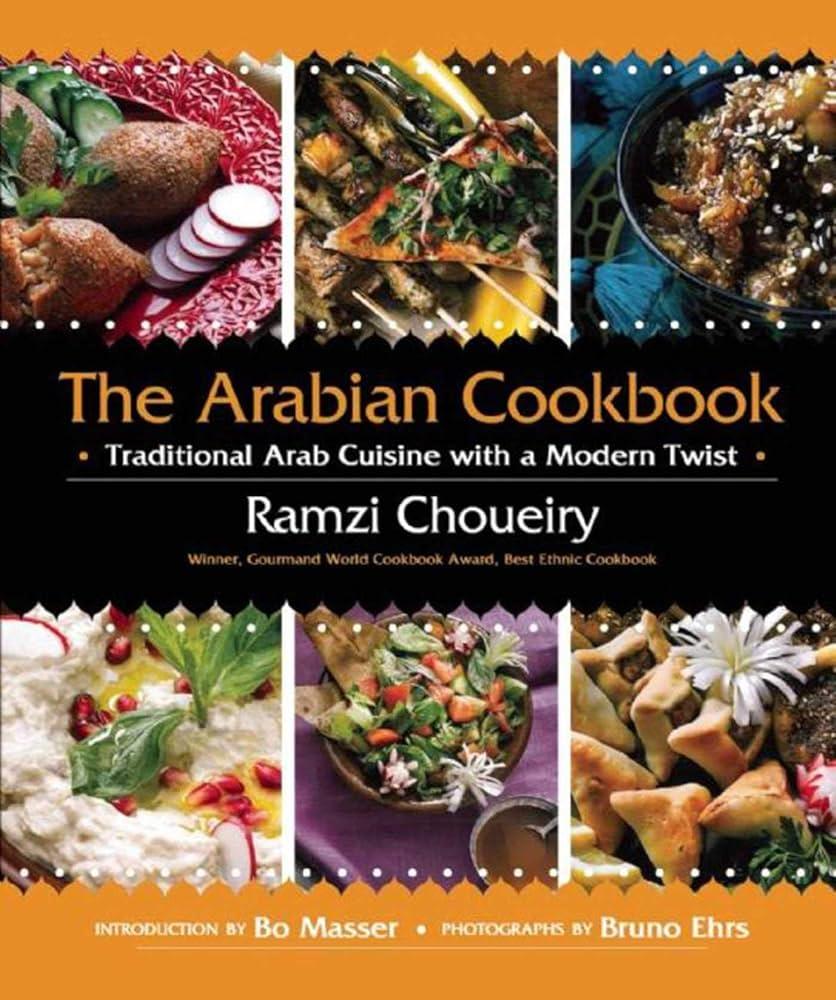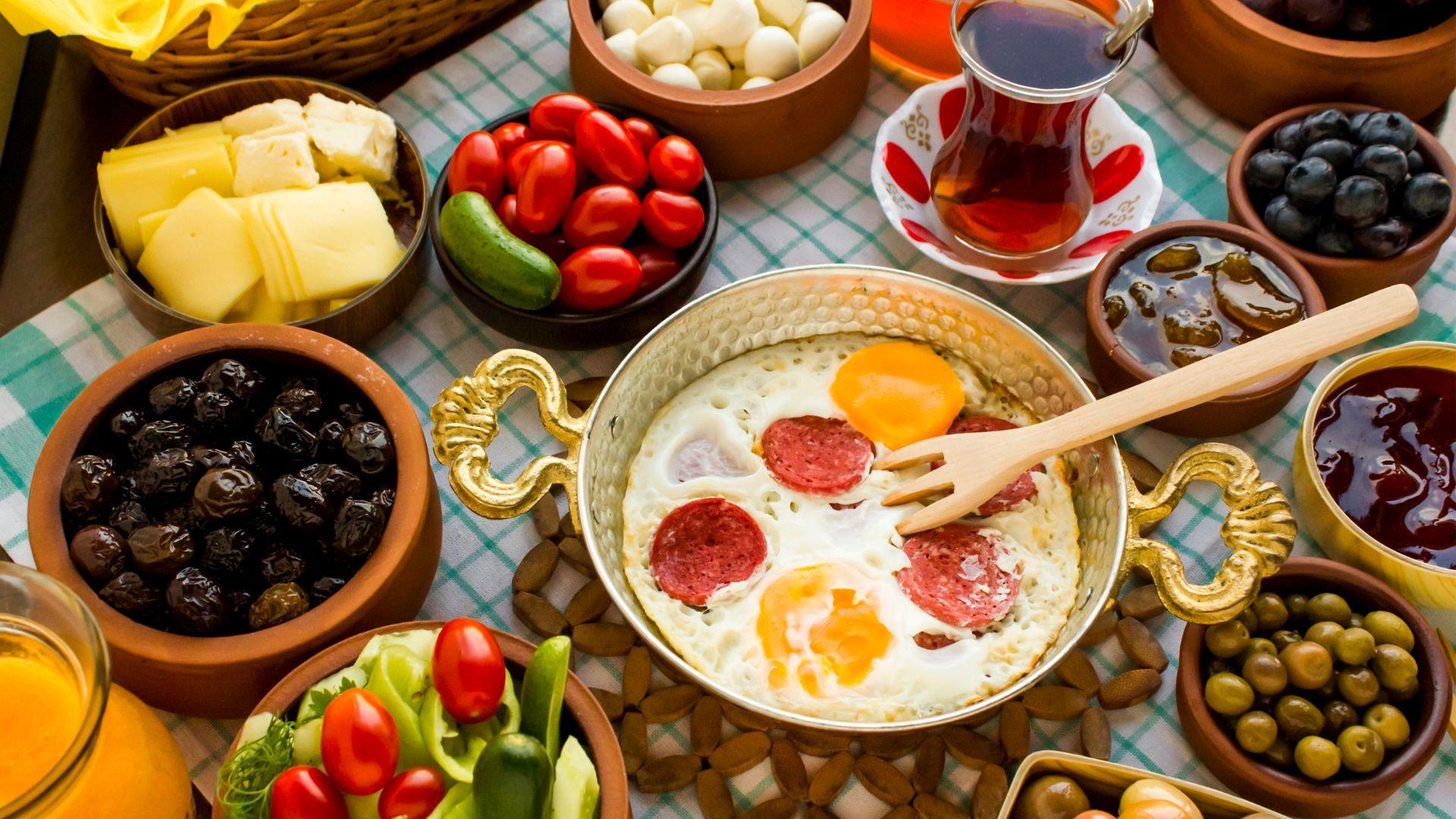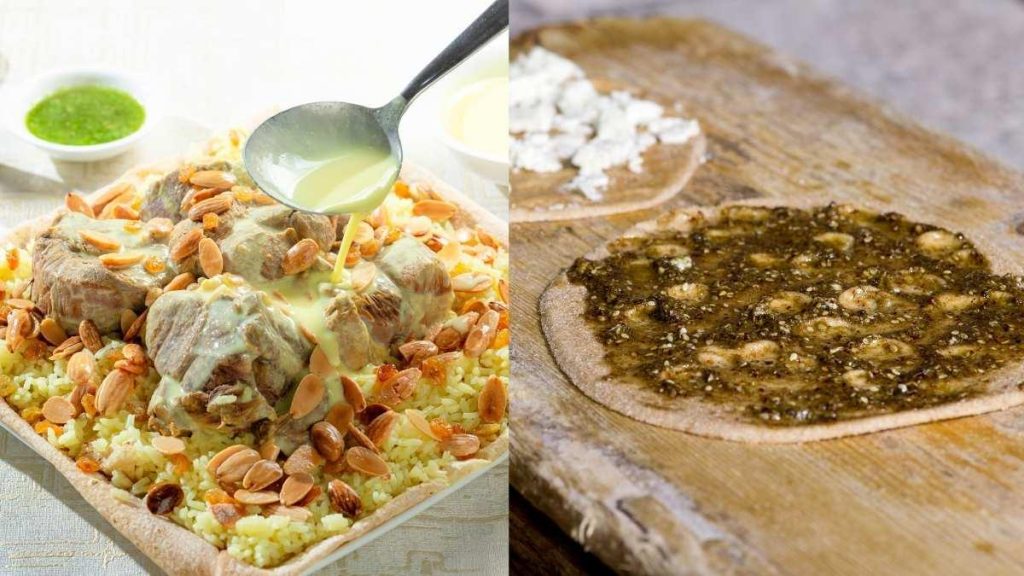In the heart of the Middle East, the culinary tapestry unfolds rich narratives woven from centuries of tradition, culture, and community. Arabic cuisine, with its vibrant flavors, aromatic spices, and hearty ingredients, serves as a reflection of the region’s diverse heritage and agricultural bounty. From the bustling souks to the warm kitchens of family homes, traditional Arabic cooking is not merely about sustenance; it embodies a way of life where food brings people together. This article delves into the essence of daily Arabic cooking, offering a selection of time-honored recipes that honor the past while inviting modern cooks to share in its rich legacy. Whether you are a seasoned chef or a curious beginner, embark on this culinary journey to discover how straightforward, authentic Arabic recipes can enhance your kitchen experience and connect you to a vibrant culture. Join us as we explore delectable dishes that are accessible to all, promising to bring the warmth and hospitality of Arabic culinary traditions into your own home.
Table of Contents
- Exploring the Rich Cultural Heritage Behind Traditional Arabic Daily Cooking
- Essential Ingredients and Spices in Arabic Cuisine for Authentic Flavor
- Step-by-Step Preparation of Iconic Arabic Dishes to Try at Home
- Nutritional Benefits and Variations of Popular Arabic Recipes for All Diets
- In Summary
Exploring the Rich Cultural Heritage Behind Traditional Arabic Daily Cooking

The culinary landscape of the Arab world is a mosaic of flavors, techniques, and traditions that reflect the region’s rich history and cultural diversity. Each dish tells a story, weaving together influences from the various peoples and lands that have shaped Arabic cooking over centuries. Key ingredients such as spices, grains, and fresh produce are often sourced from local markets, emphasizing a connection to the land and seasonality. Traditional dishes like Mujadara (lentils and rice), Koshari (a hearty mix of rice, pasta, and lentils), and Tabbouleh (a fresh herb salad) showcase the culinary juxtaposition of simplicity and complexity, where vibrant flavors harmonize to create unforgettable meals.
Moreover, social gatherings and family meals play an integral role in these culinary traditions, transforming cooking into a communal experience steeped in hospitality. Cooking methods passed down through generations often reflect a deeper cultural significance, with techniques like slow-roasting and pickling not only preserving food but also history. A typical Arabic meal might include a sequence of dishes, starting with mezze (small appetizers) leading up to a grand main course, followed by fragrant desserts such as Knafeh or Baklava. This ritualistic approach to dining fosters a sense of unity and belonging, further enriching the cultural tapestry of Arabic daily cooking.
Essential Ingredients and Spices in Arabic Cuisine for Authentic Flavor

Arabic cuisine is celebrated for its vibrant flavors and aromatic spices that transform simple ingredients into delightful dishes. To create authentic Arabic dishes, various essential ingredients play a pivotal role. These include:
- Sumac: A tangy, lemony spice that adds a distinctive flavor to salads and meats.
- Cumin: A warm, earthy spice, often used in stews and spice mixes.
- Coriander: Adds a hint of citrus and sweetness, commonly found in marinades and dressings.
- Cardamom: Known for its strong aroma, it’s ideal for both sweet and savory dishes.
- Saffron: The most luxurious spice, providing a unique color and flavor, particularly in rice dishes.
Alongside these spices, several staple ingredients form the foundation of many traditional Arabic recipes. Key components include:
- Olive oil: A fundamental fat, used for cooking and drizzling, enhancing flavors.
- Garlic: Essential for creating depth and a robust flavor profile in countless dishes.
- Yogurt: A versatile dairy product, often served as a side, sauce, or incorporated into dishes.
- Lentils: A nutritious and hearty base for soups and salads.
- Rice: The cornerstone of many meals, frequently flavored with spices and served with various proteins.
Step-by-Step Preparation of Iconic Arabic Dishes to Try at Home
To embark on your culinary journey through Arabic cuisine, start with a popular dish: Hummus. This creamy chickpea dip is not only delicious but also easy to prepare. Gather the following ingredients:
- 1 can of chickpeas (or 1.5 cups cooked chickpeas)
- ¼ cup tahini
- ¼ cup lemon juice
- 1 garlic clove, minced
- 2 tablespoons olive oil
- Salt to taste
- Water, as needed
Begin by draining and rinsing the chickpeas, then blend them in a food processor until smooth. Add tahini, lemon juice, minced garlic, and salt; continue blending while drizzling in olive oil and enough water to reach your desired consistency. Once blended, transfer to a serving dish and drizzle with extra olive oil, garnishing with paprika or fresh parsley, if desired. Hummus pairs perfectly with fresh pita bread or vegetable sticks.
Next, delight your senses with Chicken Shawarma, a dish loved across the globe. For this recipe, you will need:
| Ingredient | Quantity |
|---|---|
| Boneless chicken thighs | 500 grams |
| Garlic powder | 1 teaspoon |
| Cumin | 1 teaspoon |
| Coriander | 1 teaspoon |
| Paprika | 1 teaspoon |
| Yogurt | ½ cup |
| Olive oil | 2 tablespoons |
| Salt and pepper | To taste |
Marinate the chicken in a mix of yogurt, olive oil, and spices (garlic powder, cumin, coriander, paprika, salt, and pepper) for at least one hour, preferably overnight. Preheat your grill or skillet over medium heat and cook the marinated chicken until it’s golden brown and cooked through, about 5-7 minutes per side. Once juicy and tender, slice the chicken thinly, then serve in pita pockets with fresh vegetables like lettuce, tomatoes, and cucumbers, along with a drizzle of tahini sauce or garlic sauce. Enjoy the layered flavors of this beloved street food right from your kitchen!
Nutritional Benefits and Variations of Popular Arabic Recipes for All Diets
Arabic cuisine is celebrated not only for its rich flavors but also for its impressive nutritional profiles, making it adaptable to various dietary preferences. Dishes such as Hummus and Baba Ghanoush are excellent sources of plant-based protein and healthy fats, ideal for vegan and vegetarian diets. Including ingredients like chickpeas and tahini contributes to a high fiber content, which aids in digestion and promotes heart health. On the other hand, traditional meat dishes, such as Shawarma and Kebab, when prepared with lean cuts and served with whole grain pita, can fit into a high-protein diet suitable for those looking to build muscle or manage weight.
Moreover, the use of spices such as cumin, coriander, and sumac not only elevates the flavor of Arabic dishes but also adds an array of health benefits. These spices are known for their anti-inflammatory and antioxidant properties, enhancing overall wellness. For those interested in gluten-free options, substituting bulgur with quinoa in dishes like Tabbouleh retains the salad’s vital essence while catering to gluten sensitivities. Below is a simple overview of popular Arabic recipes and their variations based on dietary needs:
| Recipe | Nutritional Focus | Variations |
|---|---|---|
| Hummus | High in Protein, Fiber | Vegan, Gluten-Free |
| Shawarma | Lean Protein | Grilled Chicken, Vegetarian |
| Tabbouleh | Rich in Antioxidants | Quinoa, Gluten-Free |
| Baba Ghanoush | Low Calorie, High Fiber | Vegan, Gluten-Free |
In Summary
the vibrant world of traditional Arabic cooking offers a delectable array of recipes that not only tantalize the taste buds but also weave a rich tapestry of culture and history. From the aromatic spices that fill the air to the communal dining experiences that bring families together, each dish tells a story of heritage and hospitality. By exploring these time-honored recipes, home cooks can embrace the essence of Arabic cuisine, infusing their kitchens with flavors and techniques passed down through generations. Whether you’re a seasoned cook or just beginning your culinary journey, the delights of Arabic daily cooking are accessible to all, promising a nourishing and flavorful adventure that enriches not just meals, but also the bonds we share with those around us. As you embark on this culinary exploration, may each dish inspire you to celebrate tradition while creating new memories at your table. Happy cooking!



